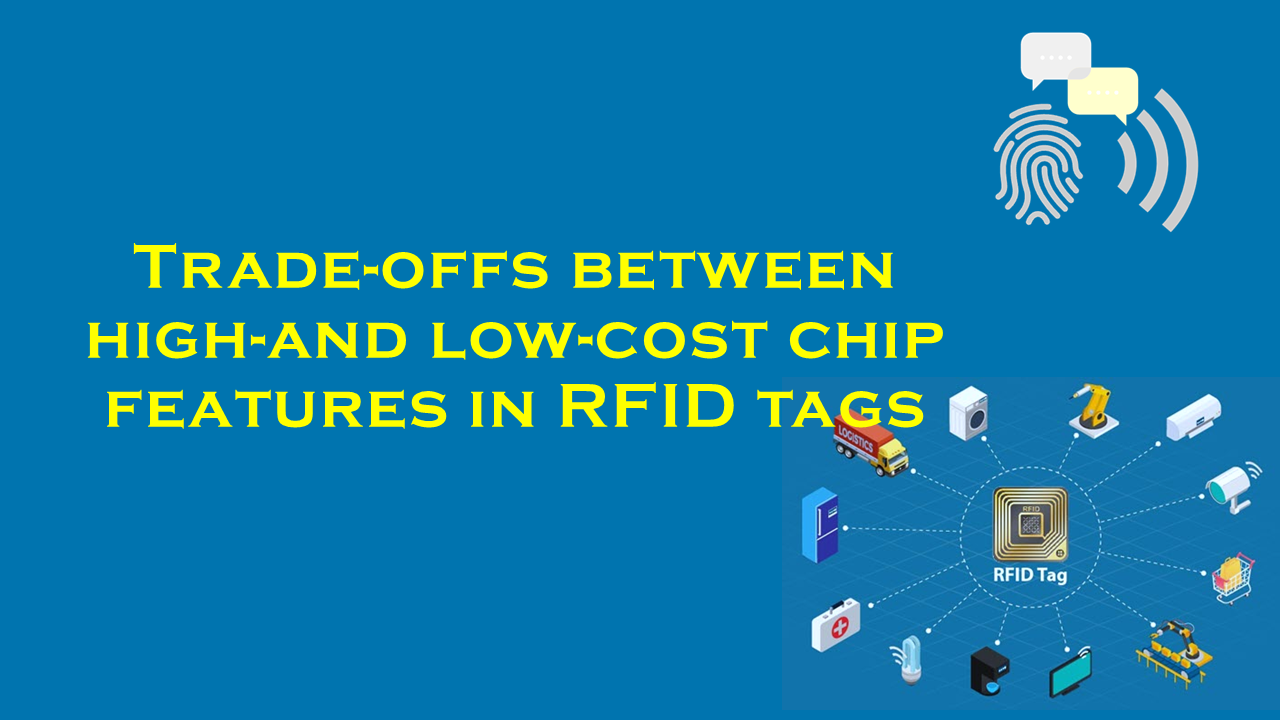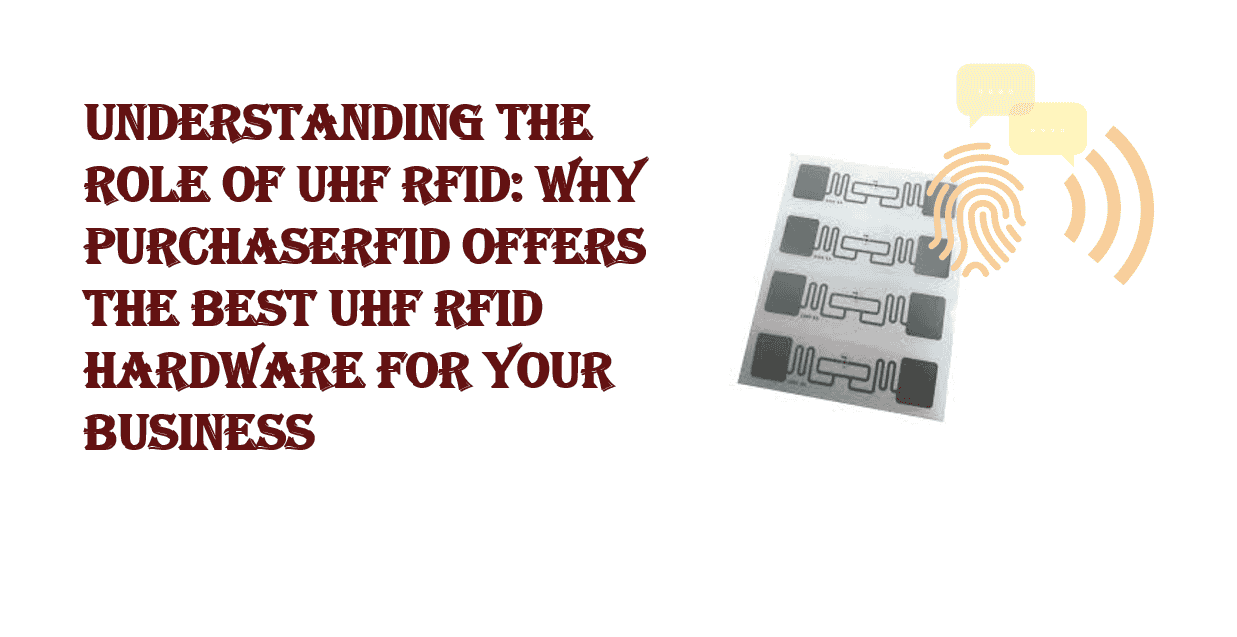When RFID outperforms Wi-Fi-based location tracking systems
When RFID Outperforms Wi-Fi-Based Location Tracking Systems
Location tracking technology has become indispensable across industries, from healthcare and logistics to retail and manufacturing. While Wi-Fi-based systems are widely used for real-time tracking, Radio Frequency Identification (RFID) technology has emerged as a superior alternative in specific scenarios. This article explores the unique strengths of RFID, provides industry statistics, and highlights why organizations are turning to solutions like those offered by purchaserfid.com, a leading global supplier of RFID systems.
Understanding RFID and Wi-Fi Tracking
RFID uses radio waves to transmit data between tags and readers, enabling contactless identification and tracking of objects. It operates in two primary forms:
- Passive RFID: Battery-free tags powered by reader signals (low cost, long lifespan).
- Active RFID: Battery-powered tags with extended range and real-time updates.
Wi-Fi-based systems, on the other hand, rely on Wi-Fi access points to triangulate the location of Wi-Fi-enabled devices (e.g., smartphones, IoT sensors). While effective for broad coverage, Wi-Fi struggles in environments requiring precision, reliability, or cost efficiency.
Key Scenarios Where RFID Excels
1. Real-Time Asset Tracking in High-Stakes Environments
Use Case: Healthcare facilities, manufacturing plants, and warehouses.
RFID provides sub-meter accuracy, even in dense or metal-rich environments where Wi-Fi signals degrade. For instance, hospitals use RFID to track life-saving equipment like defibrillators, which are frequently misplaced. A 2022 study by Healthcare IT News found that 30% of U.S. hospitals lose at least 10% of their mobile medical equipment annually, costing millions. RFID has reduced such losses by 70–90% in early-adopter hospitals.
Why RFID Wins:
- Tags are smaller, cheaper, and require no charging (passive RFID).
- Reads multiple items simultaneously (bulk scanning), unlike Wi-Fi’s device-by-device approach.
Supplier Spotlight: Purchaserfid.com offers medical-grade RFID tags that withstand sterilization, making them ideal for healthcare.
2. Inventory Management and Retail Efficiency
Use Case: Retail stores, warehouses, and e-commerce fulfillment centers.
RFID enables retailers to achieve 95–99% inventory accuracy, compared to Wi-Fi’s 65–75%. Zara, for example, reduced stock discrepancies by 80% using RFID. According to McKinsey, RFID adoption in retail cuts out-of-stock instances by 50% and boosts sales by 2–7%.
Why RFID Wins:
- Scans 100+ items per second vs. Wi-Fi’s slower sequential processing.
- Cost-effective for tagging bulk items (passive tags cost $0.10–$0.50 each vs. $5–$20 for Wi-Fi sensors).
Supplier Spotlight: Purchaserfid.com provides ultra-high-frequency (UHF) RFID tags that integrate seamlessly with retail POS systems.
3. Large-Scale Industrial and Logistic Operations
Use Case: Shipping ports, airports, and automotive plants.
Passive RFID tags can be read from 10–15 meters away, while Wi-Fi’s range varies based on infrastructure. A logistics study by ABI Research found RFID reduces container tracking errors by 40% in ports, slashing operational delays.
Why RFID Wins:
- No dependency on Wi-Fi network stability. RFID works in remote or underground locations.
- Durability: Tags resist extreme temperatures, water, and dust.
Supplier Spotlight: Purchaserfid.com’s ruggedized RFID labels are used in automotive supply chains to track parts from assembly to delivery.
4. Cost Efficiency and Scalability
Wi-Fi systems demand extensive infrastructure (routers, cloud subscriptions), costing $50,000+ for mid-sized facilities. RFID scales affordably, with readers starting at $500 and tags at a fraction of a dollar. The global RFID market, valued at $14.9 billion in 2023 (Grand View Research), is projected to grow at 11.9% CAGR through 2030, driven by ROI-focused industries.
5. Environments with Interference or Security Concerns
Wi-Fi signals face interference from walls, machinery, and competing networks. Conversely, RFID operates on dedicated frequencies (e.g., 860–960 MHz for UHF) with minimal disruption. In data-sensitive sectors like defense, RFID’s offline tracking capabilities offer enhanced security over Wi-Fi’s vulnerability to cyberattacks.
Why Choose purchaserfid.com?
As a leader in RFID innovation, purchaserfid.com delivers tailored solutions for industries where precision and reliability are non-negotiable:
- Healthcare: Sterilization-proof tags compliant with FDA guidelines.
- Retail: High-speed inventory systems with 99.9% read accuracy.
- Logistics: Long-range RFID gates for pallet tracking.
The company’s XT Series RFID Readers boast 50-meter coverage and process 800 tags per second, outperforming legacy Wi-Fi systems.
Conclusion
While Wi-Fi remains viable for coarse-grained tracking of personnel or smartphones, RFID shines in asset-centric environments demanding accuracy, durability, and scalability. With the global RFID market accelerating, early adopters are already achieving 300% ROI (RAIN RFID Alliance). For organizations prioritizing efficiency, purchaserfid.com stands out as a supplier of cutting-edge, cost-effective RFID systems that future-proof operations.
By leveraging RFID’s unique advantages, industries can eliminate tracking blind spots, reduce waste, and unlock new levels of operational intelligence.
,_dia15mm,with_hole506707_.jpg)







